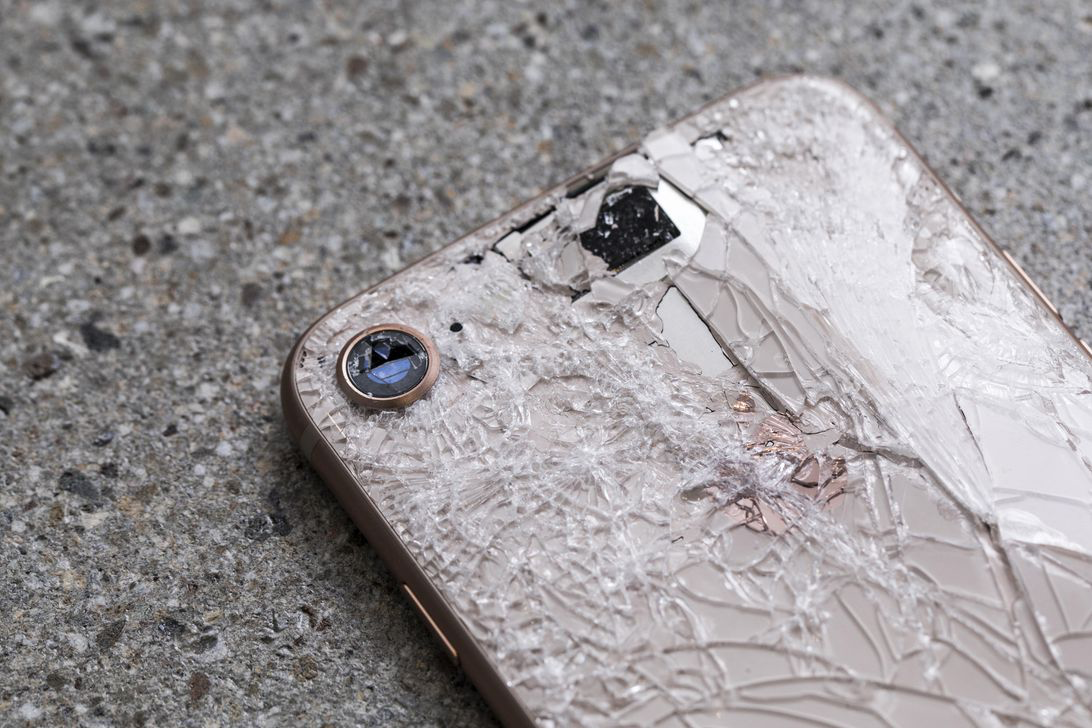Anyone that knows of the power of technology today, knows the power that it could have in the coming years. With the wide adoption of virtual and augmented reality, we could see the end of a lot of different devices. One loss that we may have within the coming years is the smartphone. The typical smartphone user has their phone attached to their hip, so hearing this may come as a shock. How could VR and AR replace the smartphone though? There are a few reasons why this may be the impending future.
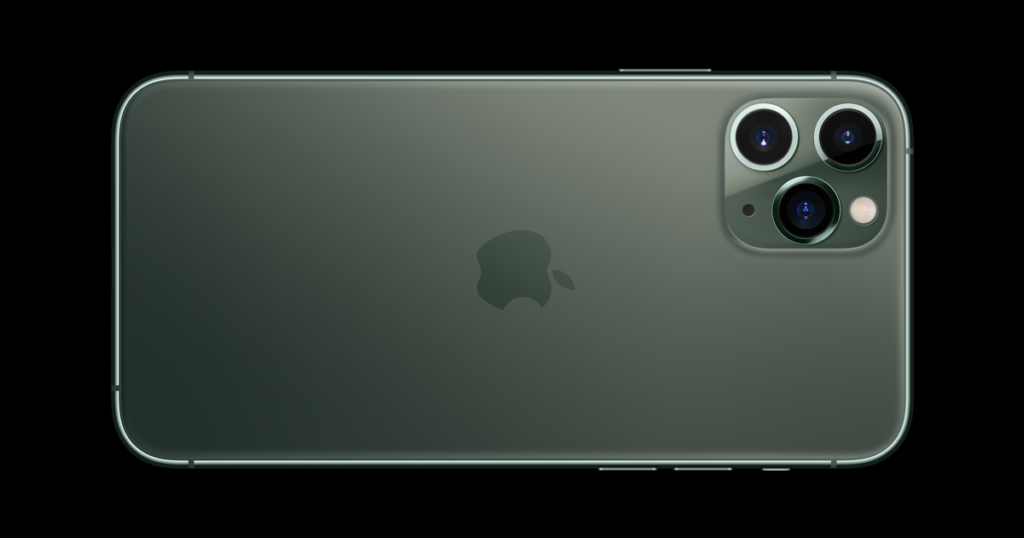
We won’t go as far as to say that the smartphone production will stop anytime soon, but we will likely see better alternatives very soon in the future. Below, we will be touching on the biggest points of why the smartphone is slowly getting outdated.
AR Glasses
Whenever the topic of augmented reality glasses comes up, there are always questions. Whether it be about functionality, dependability, or even battery life, the idea is riddled by questions without many answers. Luckily for the vast majority of us, we know what we want the futuristic glasses to do. For the makers of the AR headsets, they know what the customers are wanting.
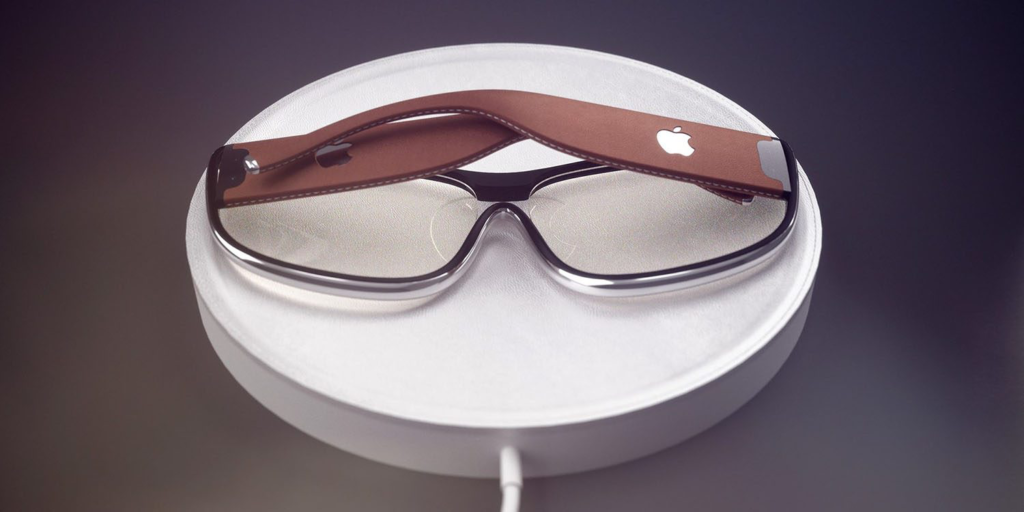
We want to be able to communicate with our headset, talk on the phone with the glasses, have a map overlay, and even be able to play some games right in front of our eyes. The questions that are being asked don’t have simple answers, but once they are answered, we won’t have anything standing in the way of between us and the future glasses we have been waiting for. We know what we want the glasses to do. Now we need a company that can capitalize on the gaping hole in the market.
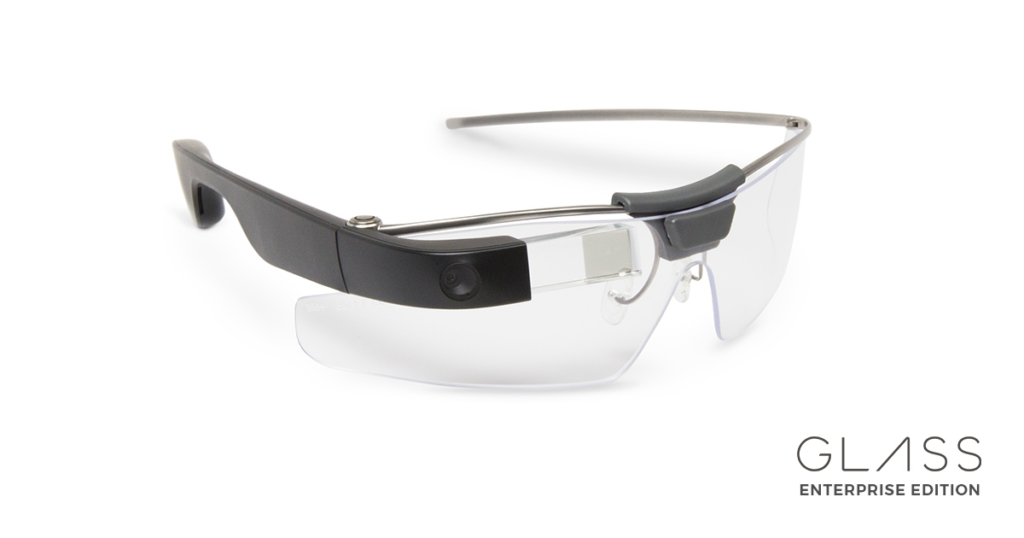
If we get our wish anytime soon, we would be keeping our phones in our pockets a lot more than we do right now. Of course, we would need our phone for some things, but the likely end goal is to wipe the smartphone away with glasses that can take its place.
Workspaces in VR
Virtual reality seems to be only about gaming right now, but we strongly feel like the future of VR is going to be geared towards being productive inside of workspace without having to leave your living room. Oculus is trying to create hand and face tracking to further our communications inside of the headset, and we believe that is just the start of it. When you need to go throughout your day, you wear your AR glasses. When you need to get some work done without being in the office, you can keep your phone and laptop on the side of the bed. Toss your VR headset on and dive into your work.
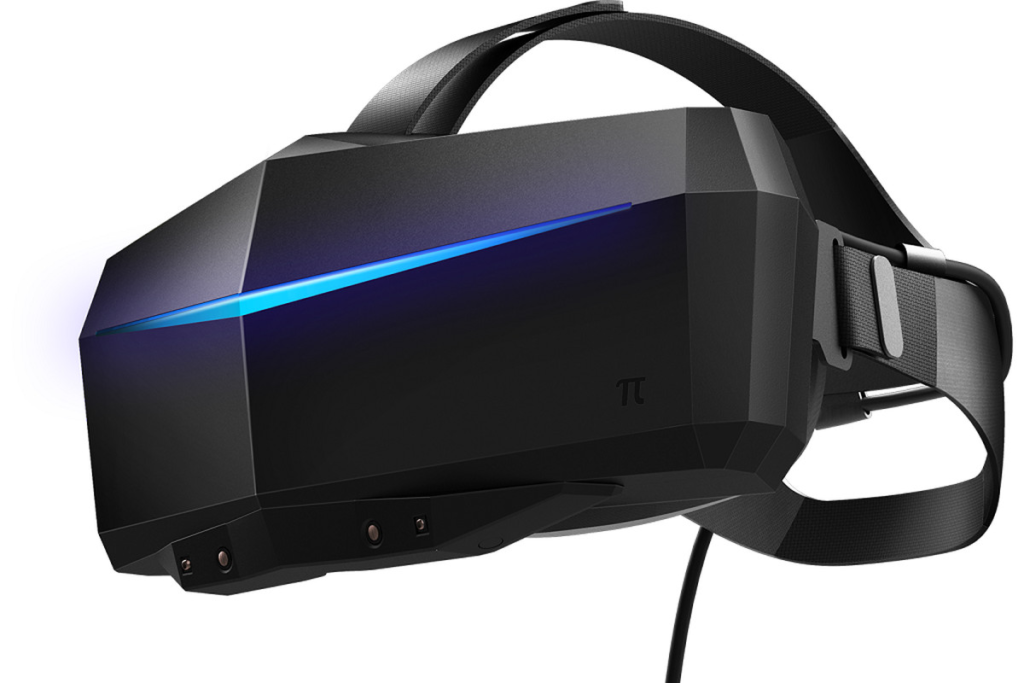
This would have to be a virtual desktop space that has access to your work servers. Once you are in there, it would essentially be the same as sitting at your desk. Not only would this let the phone stay in your pocket, but it would allow most of your other computing hardware to stay away as well. If any company can capitalize on this hole in the market, it would likely cause a lot of phone companies to be put out of business.
How Close Are We?
To say we are generations away from this convenient lifestyle would be a lie, but saying we are only a couple of years away wouldn’t be too truthful either. We are only a few years away from having AR glasses that could replace phones, but we are nearly a decade away from creating the glasses with the idea of not owning a smartphone. If Google decided to make some stellar AR glasses that could replace the Pixel, their best phone, they would still sell the Pixel for a few years. This gives the consumers the ability to see which one they like more and for mass adoption to not be forced upon the customers.
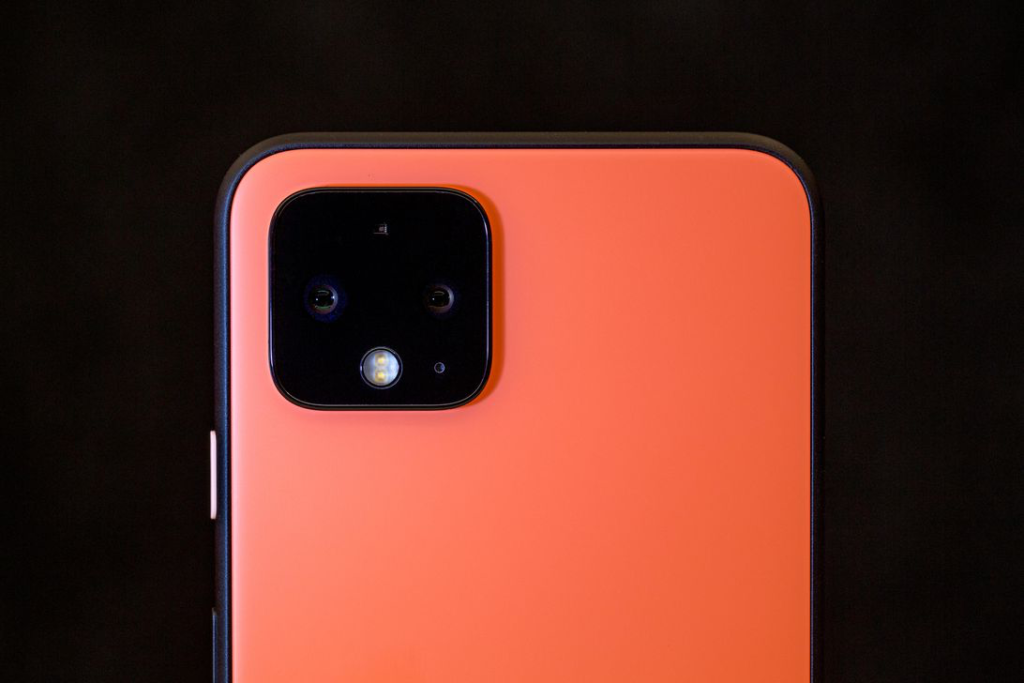
Like Apple did with the iPhone X and the iPhone 8, any company that decides to go the AR route, they will need to continue to release both options. Apple didn’t assume all customers wanted the edge-to-edge display, and let the adoption take a year before it was their exclusive phone model. For more AR and VR news and community updates, make sure to check back at VRGear.com.






















